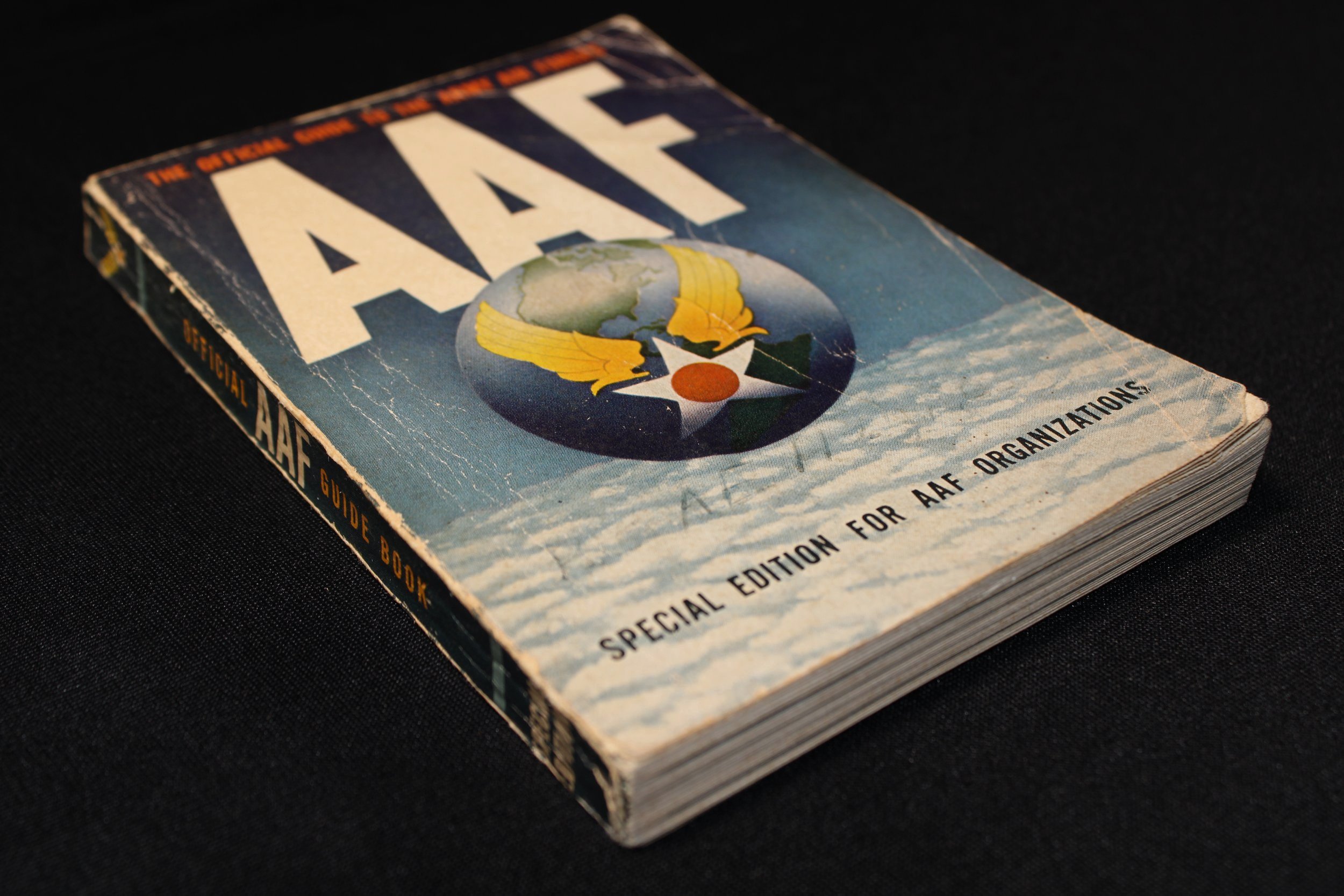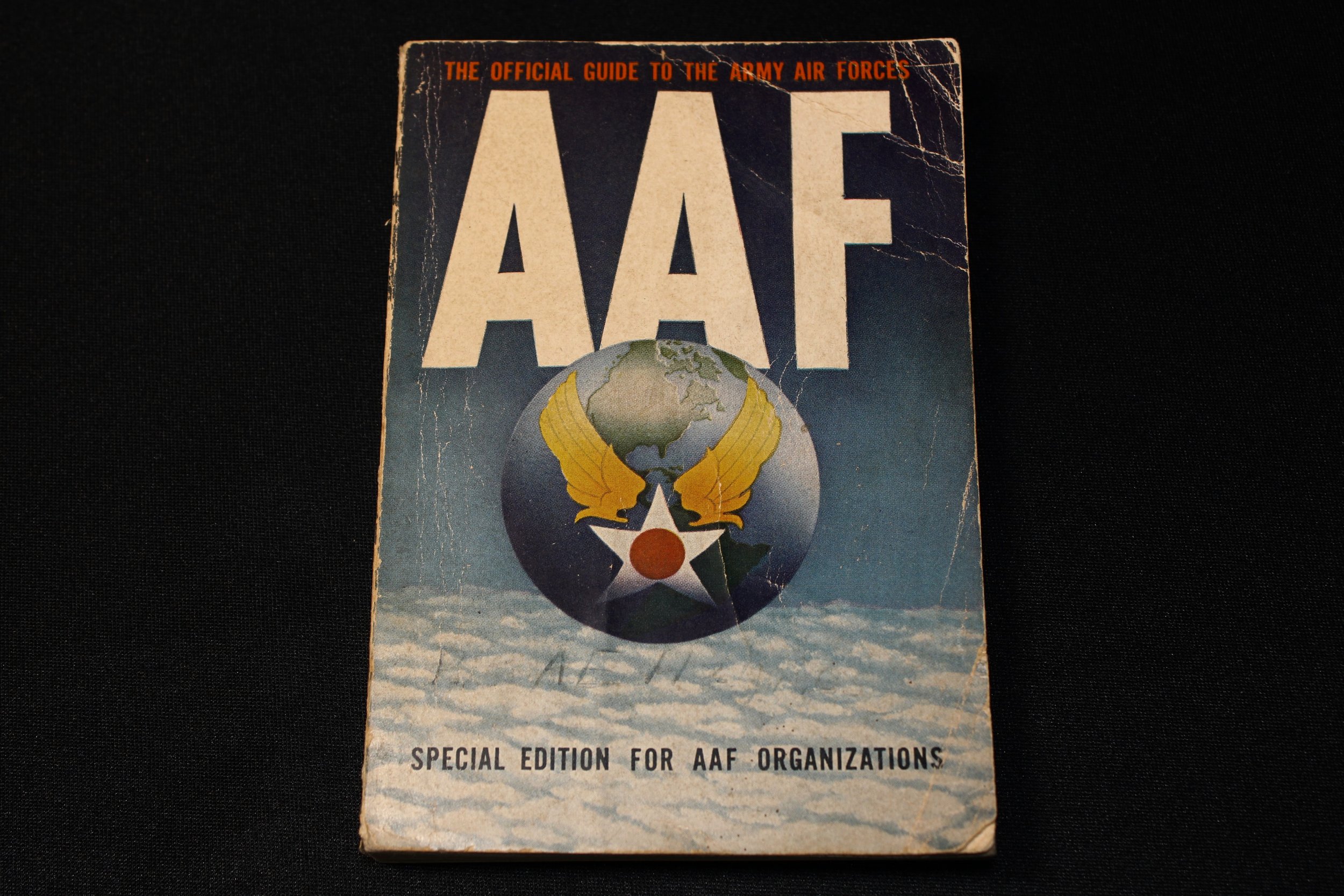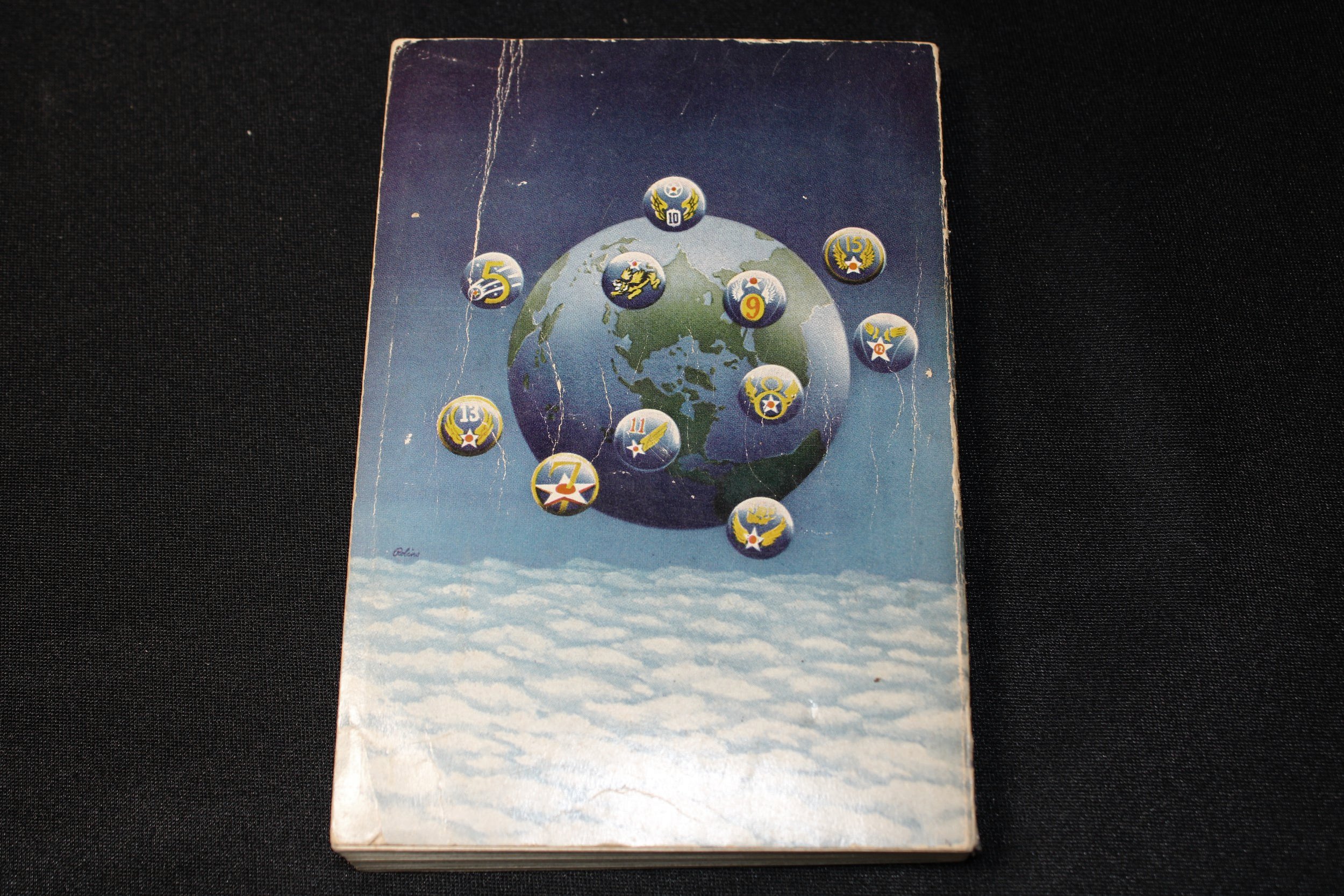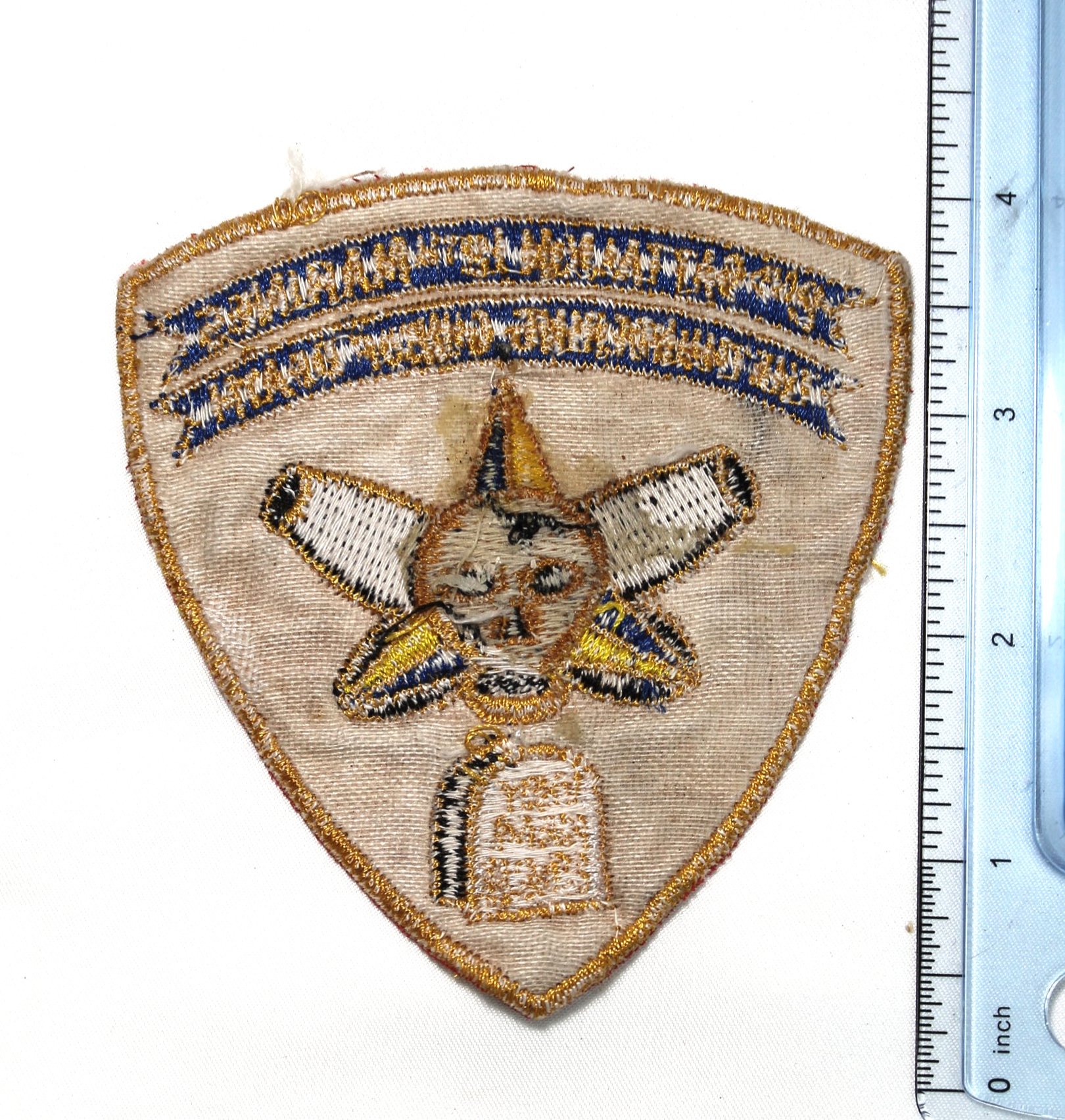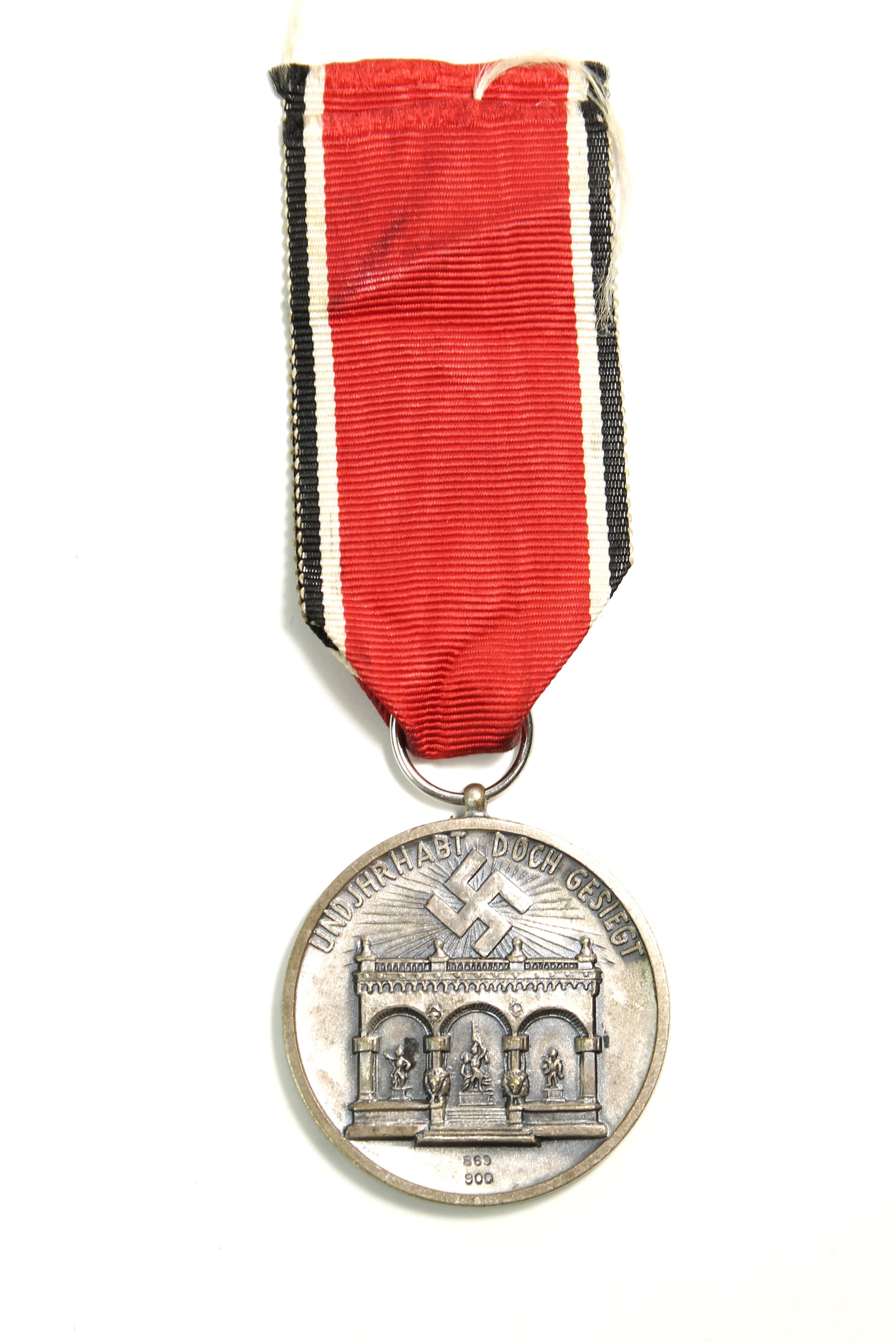 Image 1 of 4
Image 1 of 4

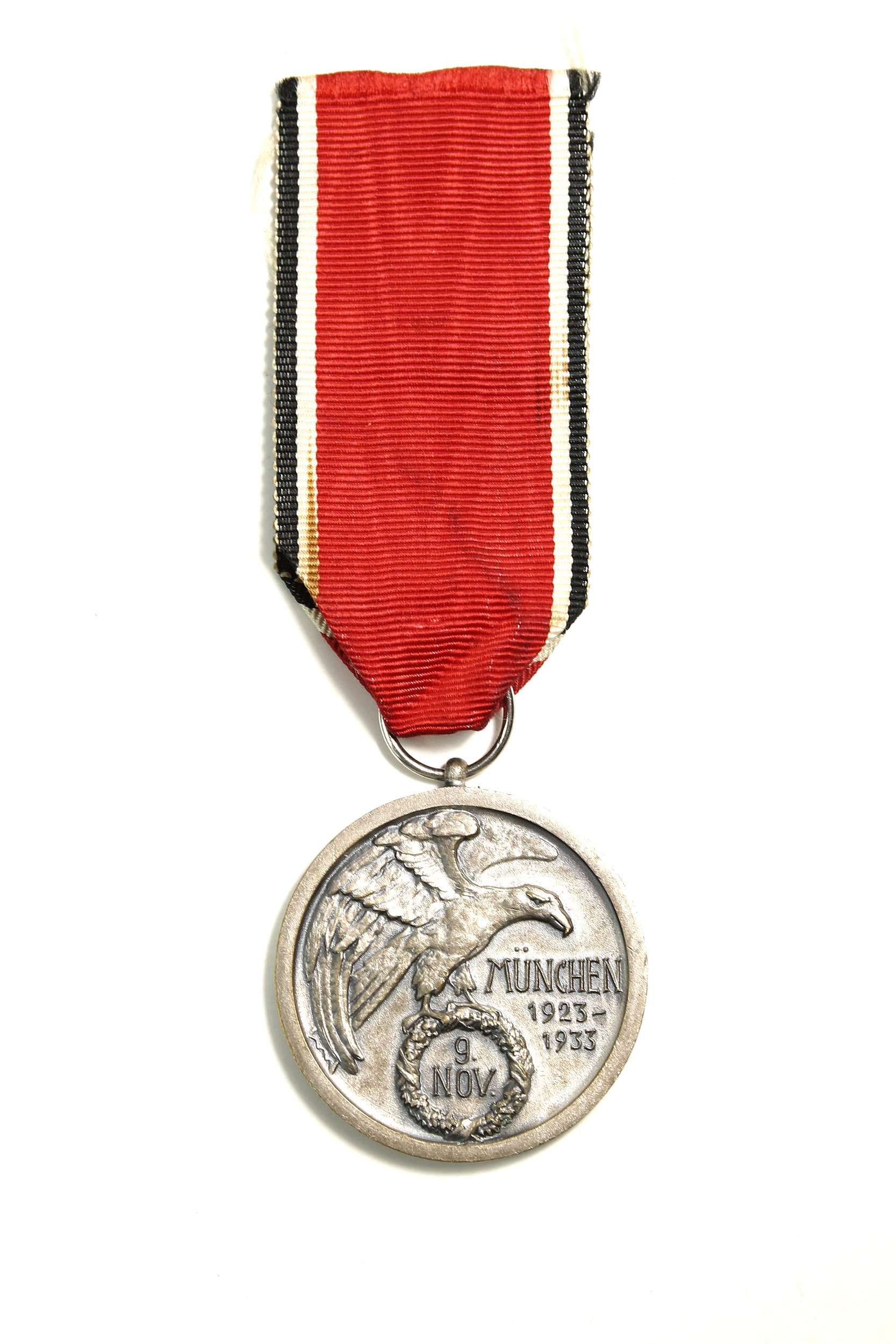 Image 2 of 4
Image 2 of 4

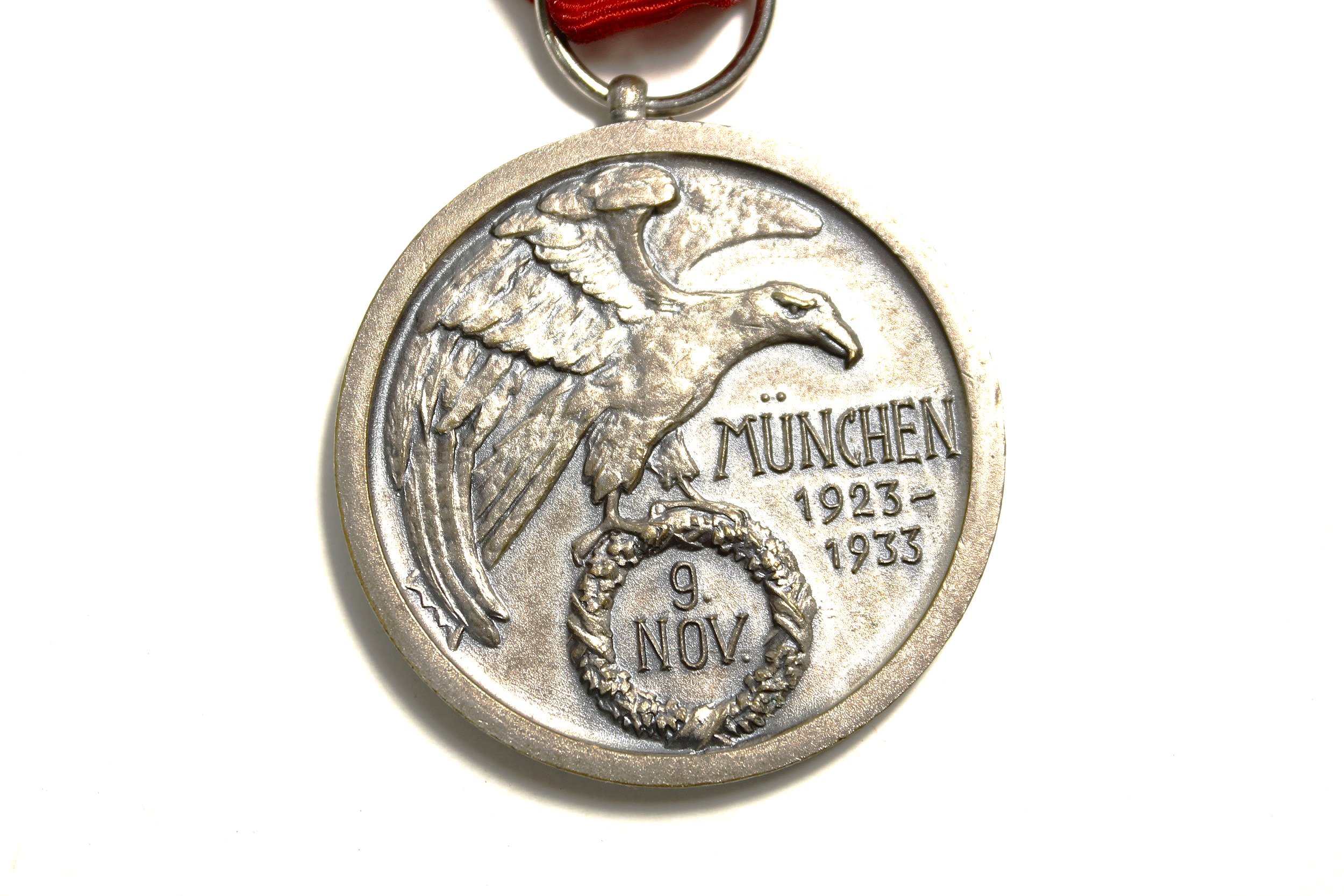 Image 3 of 4
Image 3 of 4

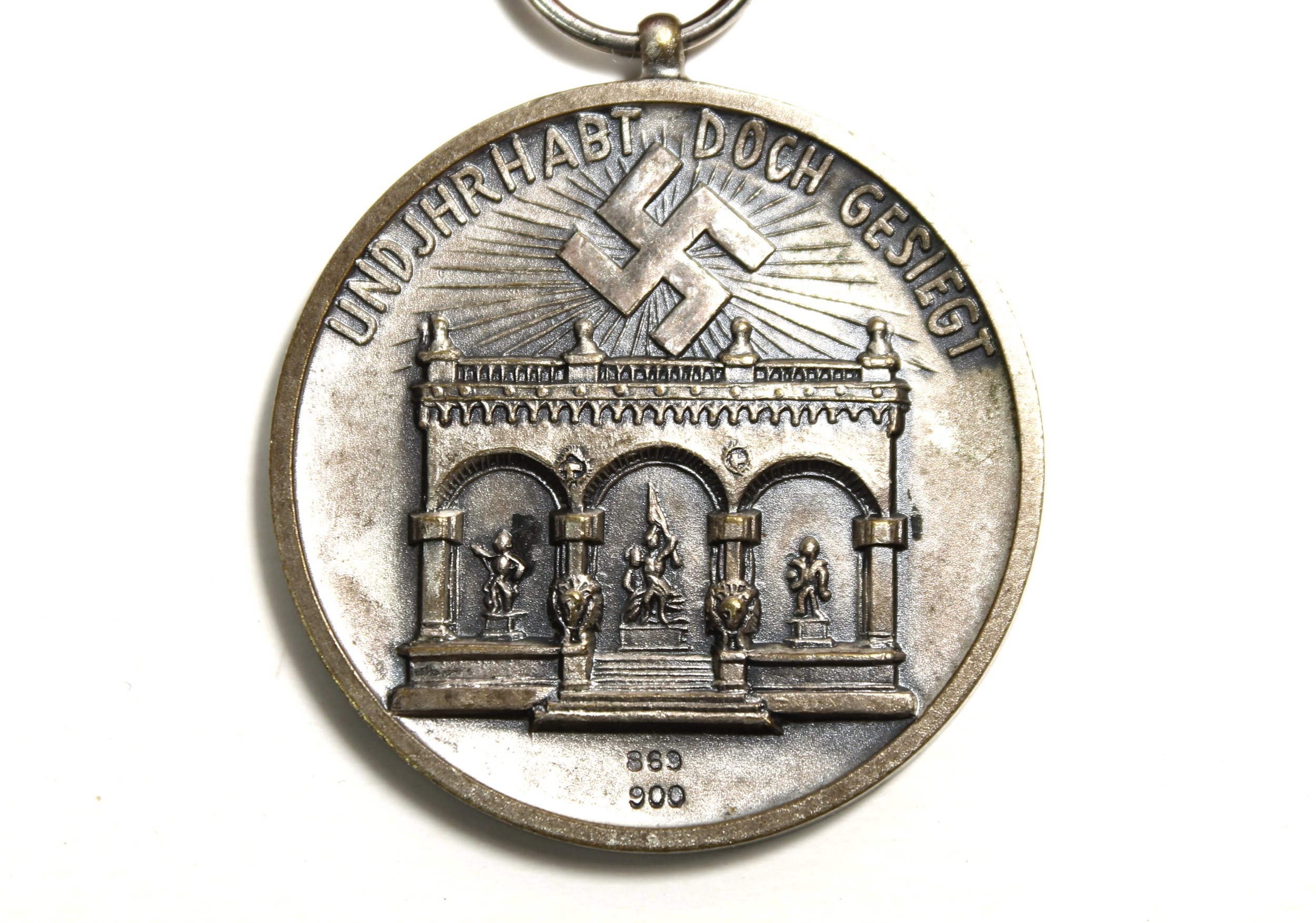 Image 4 of 4
Image 4 of 4





WW2 German Reproduction Nazi Blood Order Medal (BLUTORDEN)
High Quality Reproduction of The Blood Order (Ger. Blutorden), of 9 November 1923 Was one of the most prestigious decorations in the Nazi party. The medal was originally made solid silver, with the obverse bearing a depiction of an eagle with a wreath in its talons, with the date 9.Nov. within the wreath and the inscription München 1923-1933 to the right. The reverse bears a picture of the Feldherrnhalle in Munich where the coup ended in defeat, a Swastika and the inscription: UND IHR HABT DOCH GESIEGT ("...and you were victorious after all").
The Blood Order Medal (Blutorden) was a decoration created by Adolf Hitler on October 9, 1933, to commemorate the participants of the "Beer Hall Putsch." This was a failed coup attempt by the Nazi Party on November 8-9, 1923, in Munich, Germany.
The SS Blood Order Medal was awarded to those who had participated in the putsch and survived, particularly members of the Sturmabteilung (SA) and Schutzstaffel (SS), both paramilitary organizations of the Nazi Party. The term "Blood Order" (Blutorden) referred to the notion that those who took part in the putsch had shed their blood for the Nazi cause.
High Quality Reproduction of The Blood Order (Ger. Blutorden), of 9 November 1923 Was one of the most prestigious decorations in the Nazi party. The medal was originally made solid silver, with the obverse bearing a depiction of an eagle with a wreath in its talons, with the date 9.Nov. within the wreath and the inscription München 1923-1933 to the right. The reverse bears a picture of the Feldherrnhalle in Munich where the coup ended in defeat, a Swastika and the inscription: UND IHR HABT DOCH GESIEGT ("...and you were victorious after all").
The Blood Order Medal (Blutorden) was a decoration created by Adolf Hitler on October 9, 1933, to commemorate the participants of the "Beer Hall Putsch." This was a failed coup attempt by the Nazi Party on November 8-9, 1923, in Munich, Germany.
The SS Blood Order Medal was awarded to those who had participated in the putsch and survived, particularly members of the Sturmabteilung (SA) and Schutzstaffel (SS), both paramilitary organizations of the Nazi Party. The term "Blood Order" (Blutorden) referred to the notion that those who took part in the putsch had shed their blood for the Nazi cause.
High Quality Reproduction of The Blood Order (Ger. Blutorden), of 9 November 1923 Was one of the most prestigious decorations in the Nazi party. The medal was originally made solid silver, with the obverse bearing a depiction of an eagle with a wreath in its talons, with the date 9.Nov. within the wreath and the inscription München 1923-1933 to the right. The reverse bears a picture of the Feldherrnhalle in Munich where the coup ended in defeat, a Swastika and the inscription: UND IHR HABT DOCH GESIEGT ("...and you were victorious after all").
The Blood Order Medal (Blutorden) was a decoration created by Adolf Hitler on October 9, 1933, to commemorate the participants of the "Beer Hall Putsch." This was a failed coup attempt by the Nazi Party on November 8-9, 1923, in Munich, Germany.
The SS Blood Order Medal was awarded to those who had participated in the putsch and survived, particularly members of the Sturmabteilung (SA) and Schutzstaffel (SS), both paramilitary organizations of the Nazi Party. The term "Blood Order" (Blutorden) referred to the notion that those who took part in the putsch had shed their blood for the Nazi cause.


